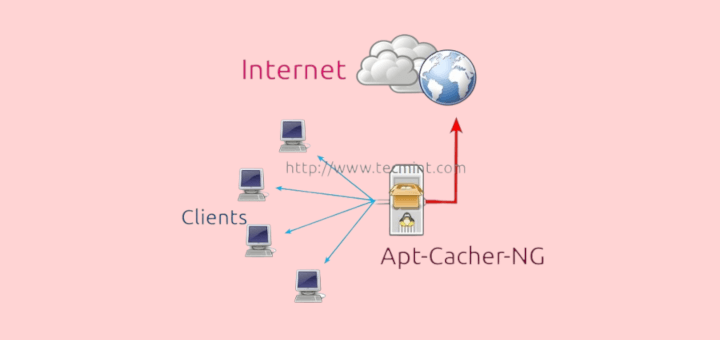In this article, we will review the 10 most used Linux distributions based on the huge availability of software, ease of installation and use, and community support on web forums.
That said, here’s the list of the top 10 distributions of all time, in descending order.
10. Arch Linux
Arch Linux stands out in the Linux ecosystem because it is not based on any other distribution and yet it is well-known and extensively used by the community.
Traditionally, Arch is not recommended for new users mostly because the installation process is a bit complicated in that it will require a great deal of intervention on the user’s part.
This requires a certain degree of knowledge about partitions, LVM, and Linux in general to have a successful installation. The good news is that this is precisely what gives the user the freedom to customize the system to his or her taste.
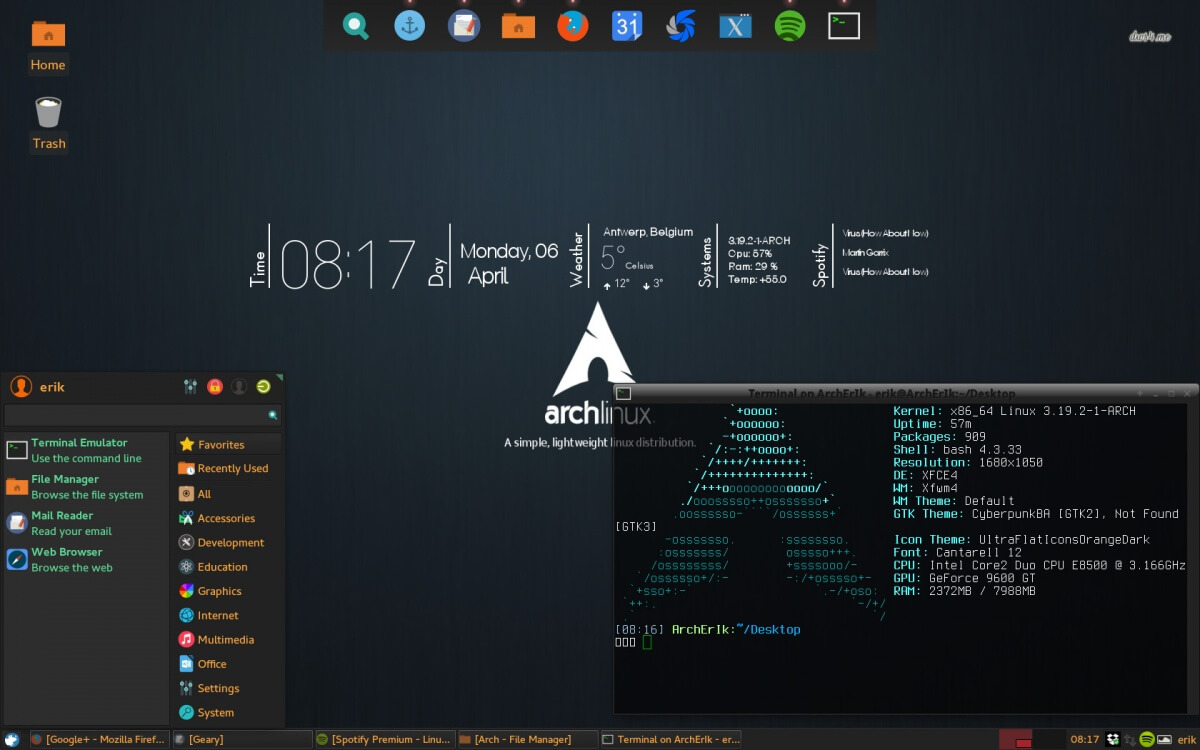
9. RHEL
RHEL (Red Hat Enterprise Linux) is best known and most used as a distribution for Linux servers, its desktop version is not as popular but continues to improve its visual appearance year after year.
RHEL has become a go-to choice for businesses and organizations due to its stable and well-supported environment, making it suitable for a wide range of applications.
RHEL’s success is attributed to its robust features, timely updates, and comprehensive support from Red Hat, the company behind its development.
As a result, many enterprises rely on RHEL to power their servers and infrastructure, ensuring smooth and efficient operations. With a user-friendly interface and a focus on stability, RHEL continues to be a trusted and widely used Linux distribution in the ever-evolving landscape of open-source operating systems.
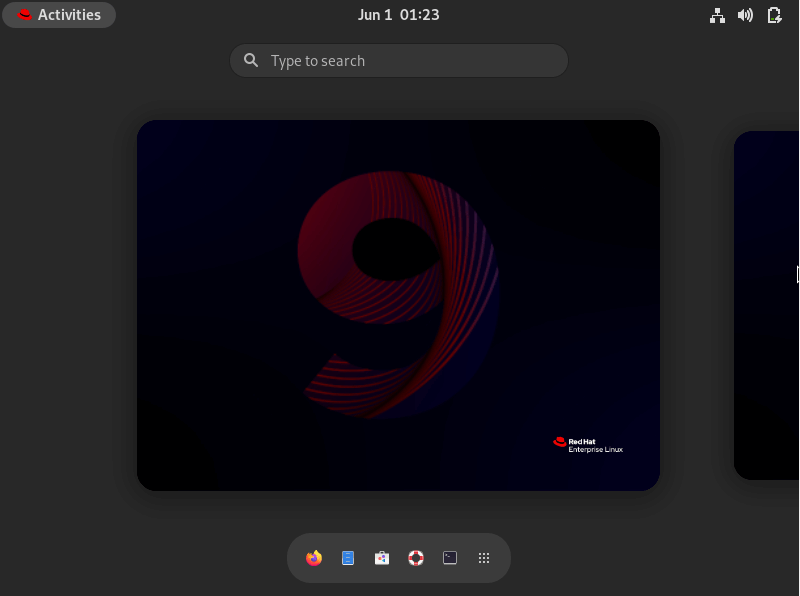
8. Elementary
Another Linux distribution aimed at Microsoft and Apple users, Elementary (or more appropriately Elementary OS), is also based on Ubuntu.
It was first made available in 2011 and is currently on its seventh stable release (codename “Horus“, which was released last year) and is based on Ubuntu 22.04.
On a personal note, this is one of the best-looking desktop distributions I’ve ever seen. Elementary’s well-polished visual appearance is certainly one of its distinguishing features.
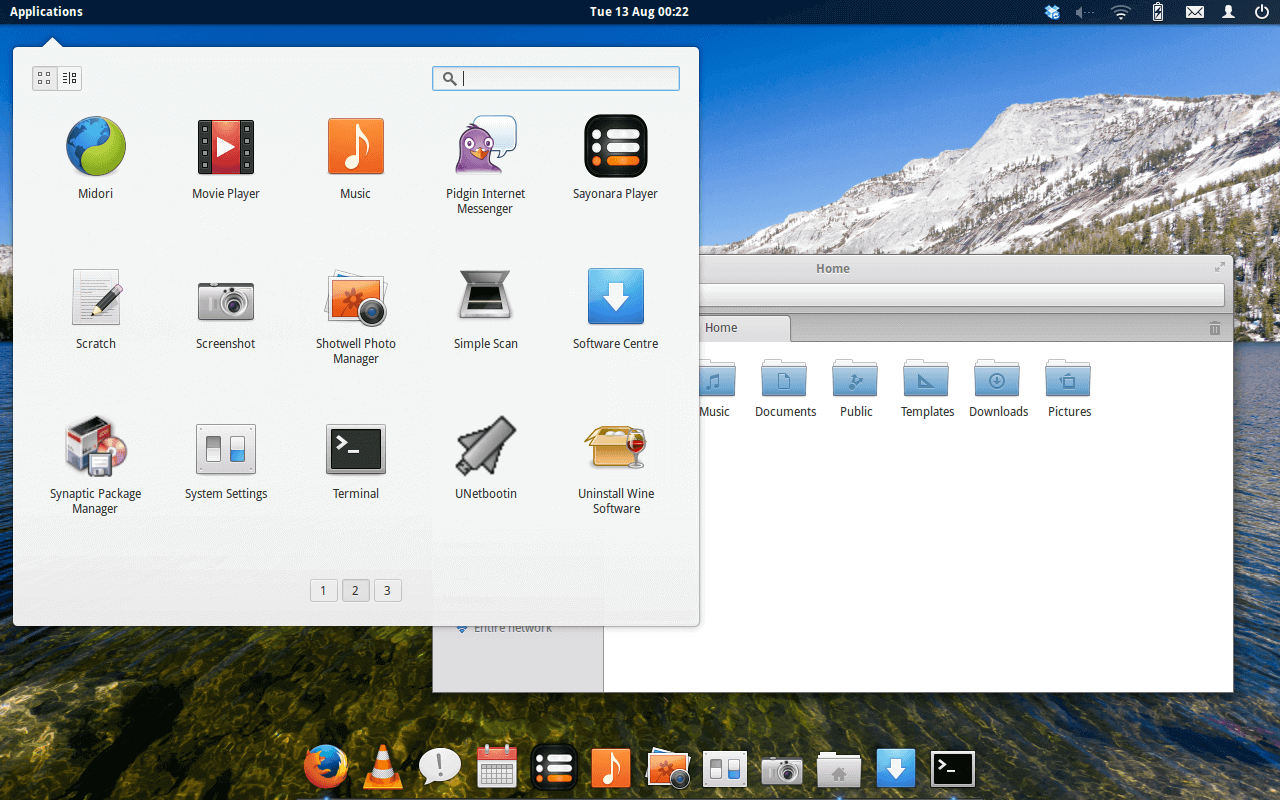
7. Zorin
After making it to the list of top Linux distributions, we can say that Zorin rose from the ashes this year.
This Ubuntu-based distribution was born and is currently maintained in Ireland. In order to appeal to Windows users, it has a Windows-like GUI and many programs similar to those found in Windows.
The main goal of this distribution is to provide a free operating system similar to Windows while allowing Windows users to enjoy Linux without issues. Zorin 17 was released last year.
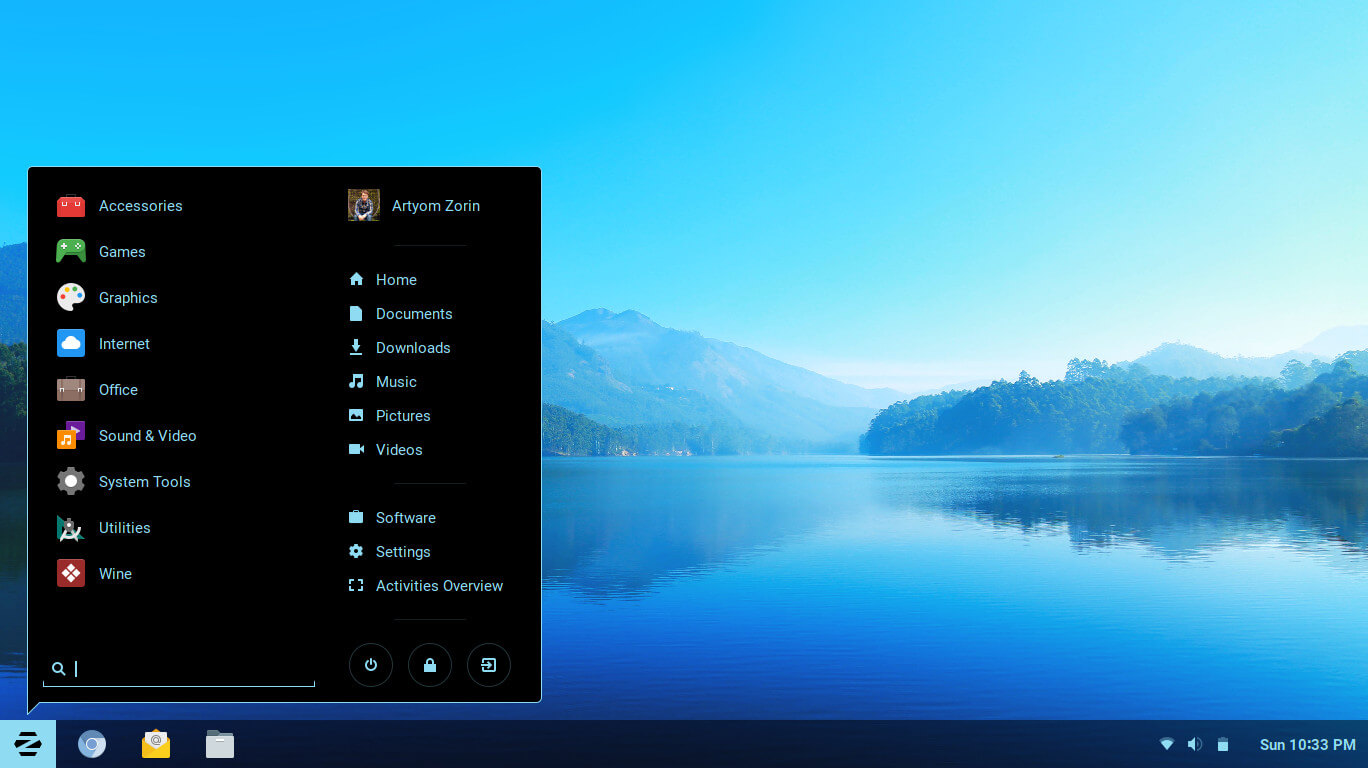
6. Fedora
Fedora is built and maintained by the Fedora Project (and sponsored by Red Hat, Inc.).
The most distinguishing characteristic of Fedora is that it’s always in the lead of integrating new package versions and technologies into the distribution.
In other words, if you want the latest and greatest FOSS software, Fedora is one of the first places where you should look.
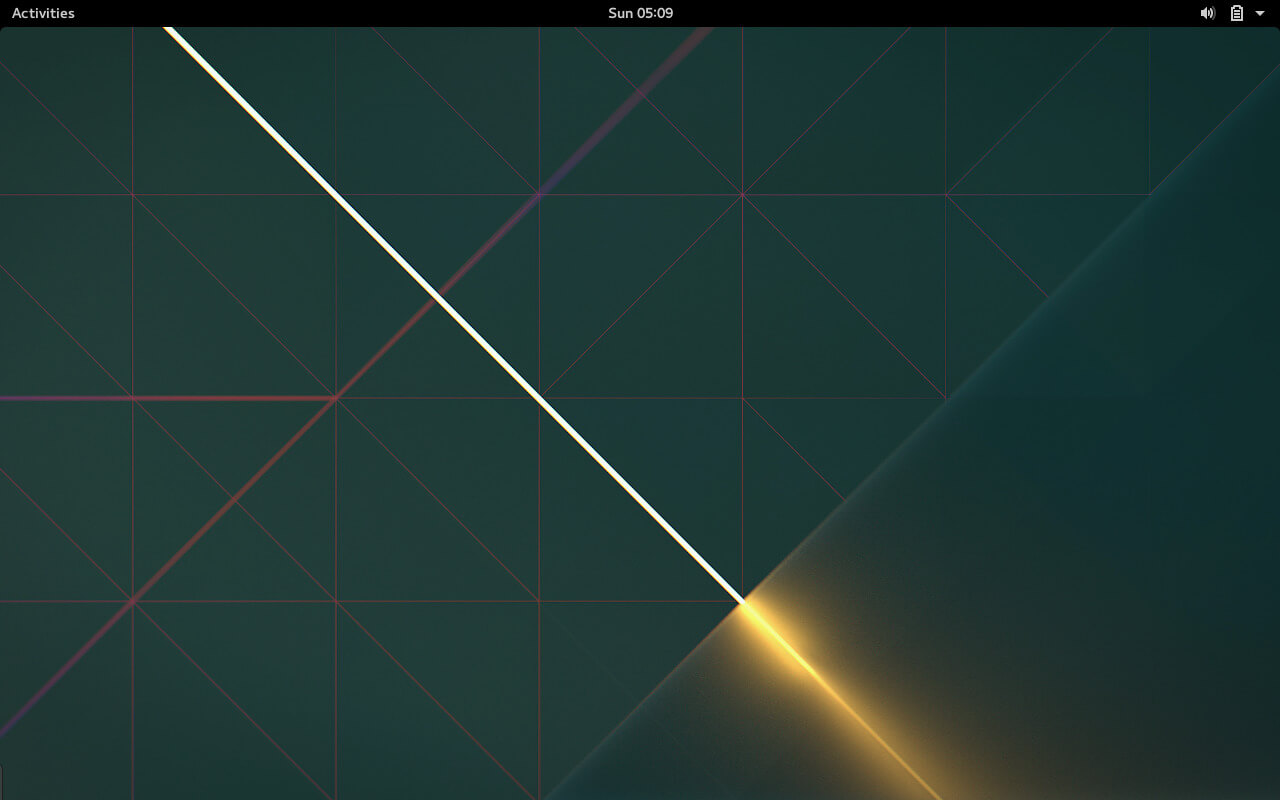
5. Manjaro
Manjaro, an Arch Linux-based distribution experienced remarkable growth during 2016. Without a doubt, by leveraging Arch Linux’s robustness and its features, the maintainers of Manjaro have been able to consistently ensure a pleasant experience both for new and experienced Linux users.
If you don’t remember anything else about Manjaro, keep in mind that it comes with preinstalled desktop environments, graphical applications (including a software center), and multimedia codecs to play audio and videos.
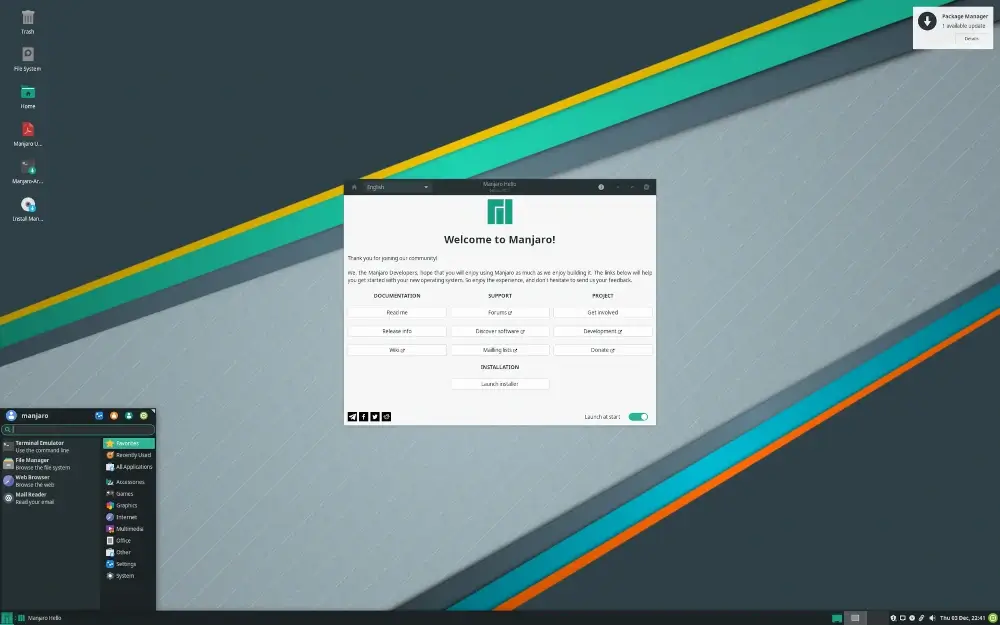
4. openSUSE
Along with Ubuntu, OpenSUSE is one of the cost-free alternatives to the enterprise king (Red Hat Enterprise Linux). On top of that, OpenSUSE is (as per its developers) the operating system of choice for both new users and geeks alike (you may agree or not, but that’s what they say).
On top of all that, the renowned and award-winning SUSE Linux Enterprise products are based on OpenSUSE. A new version of openSUSE Leap 15.5 was released last year.
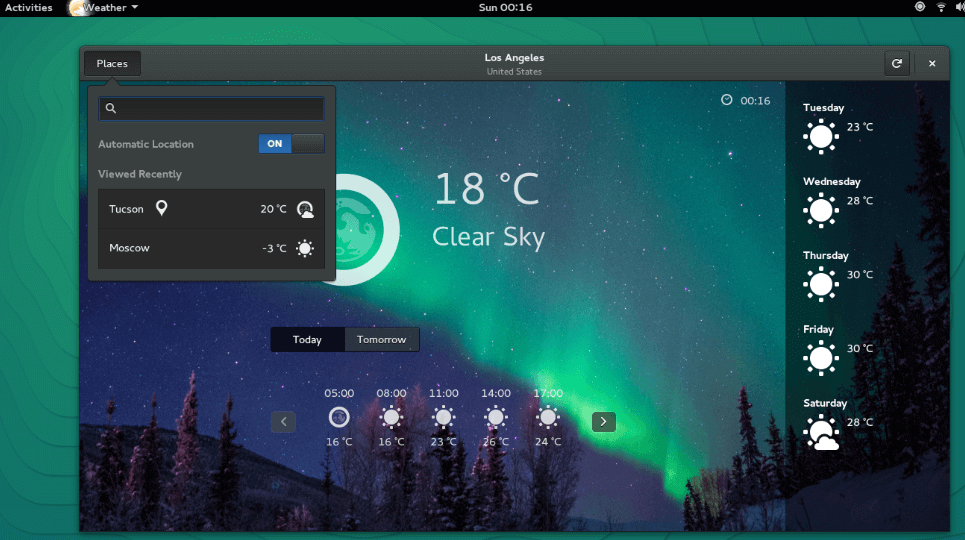
3. Ubuntu
For those individuals and companies who require professional support from a distribution creator, Ubuntu stands out. Although professional help is available under a support contract, Ubuntu has a large user base and the community support is outstanding as well.
In addition, Ubuntu is available both in desktop and server editions and is based on Debian, it is also a rock-solid operating system. The Long-Term Support (LTS) editions have guaranteed support for 5 years after their release date.
In addition, you’ll see on this list that several desktop distributions are based on Ubuntu – and that is another reason for its popularity.
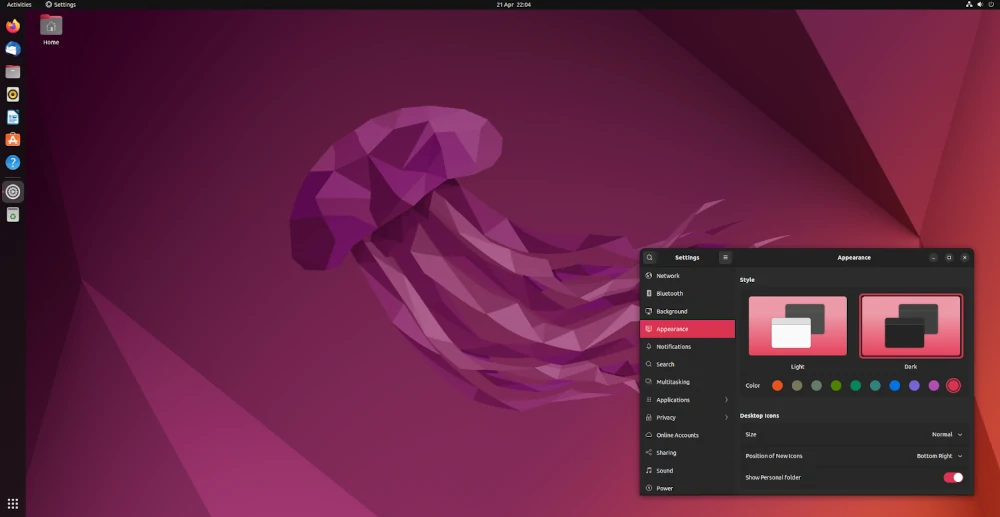
2. Debian
With more than 30 years in the Linux ecosystem, Debian stands out for its robustness, stability, and well-oiled release cycle. In addition, it is the distribution with the largest number of available packages and one of the top choices for servers.
The current stable release (version 12.5, codename bookworm) will be replaced by Debian 13 (codename trixie) around mid-2025. There are no signs of Debian reverting back to the old SysVinit as the default system and process manager.
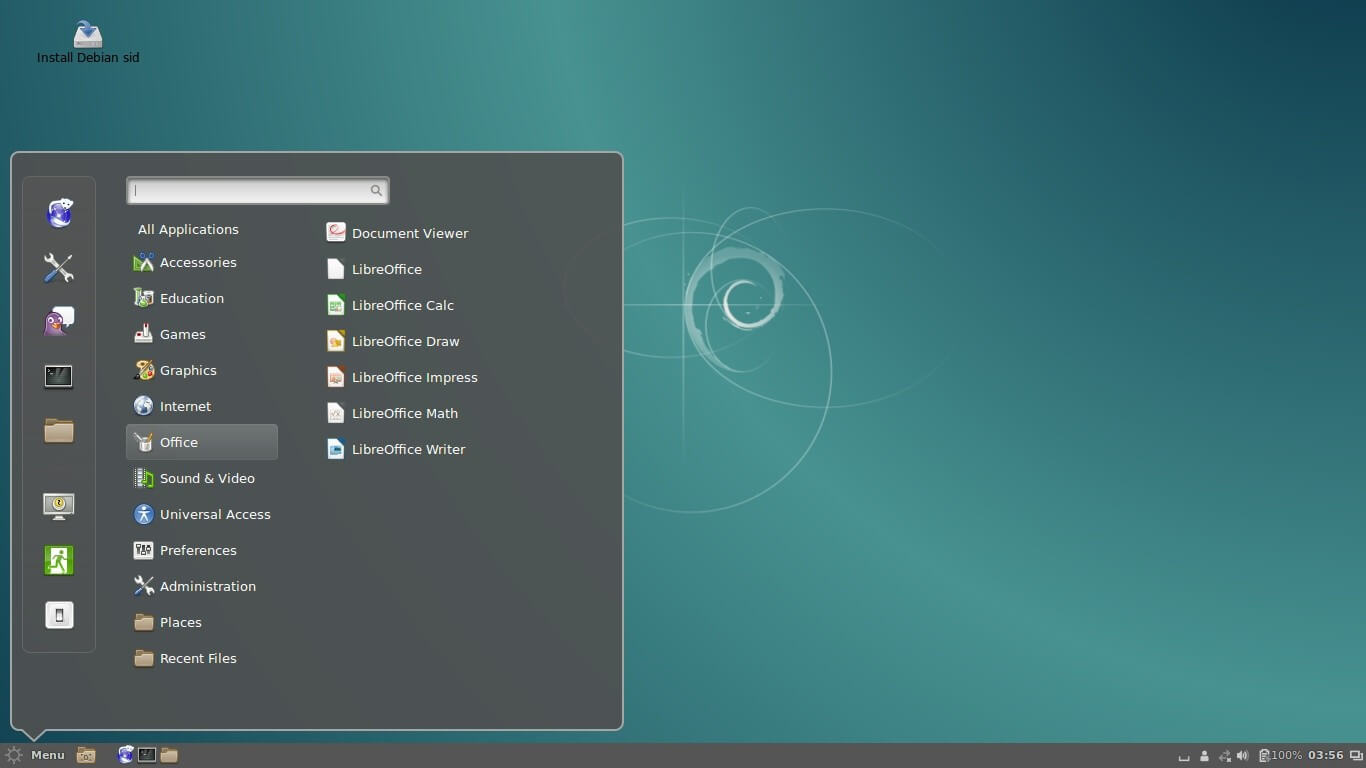
1. Linux Mint
Linux Mint is a stable, robust, and elegant Ubuntu-based distribution. One of the reasons behind its popularity is the fact that up until version 20.x it included out of the box a lot of useful software (such as multimedia codecs).
However, this ended with version 21, leaving it up to the users to install those packages after the operating system is up and running. To make it clear – it’s not that Linux Mint has discontinued support for multimedia codecs and other software it shipped with up until not too long ago.
The reason behind this decision is simple: shipping codecs did not significantly improve the distribution and it meant a great deal of work on the developers’ side.
It is precise because of this that Linux Mint often is the preferred distribution of both new and experienced users – a complete operating system ready for use after installation.
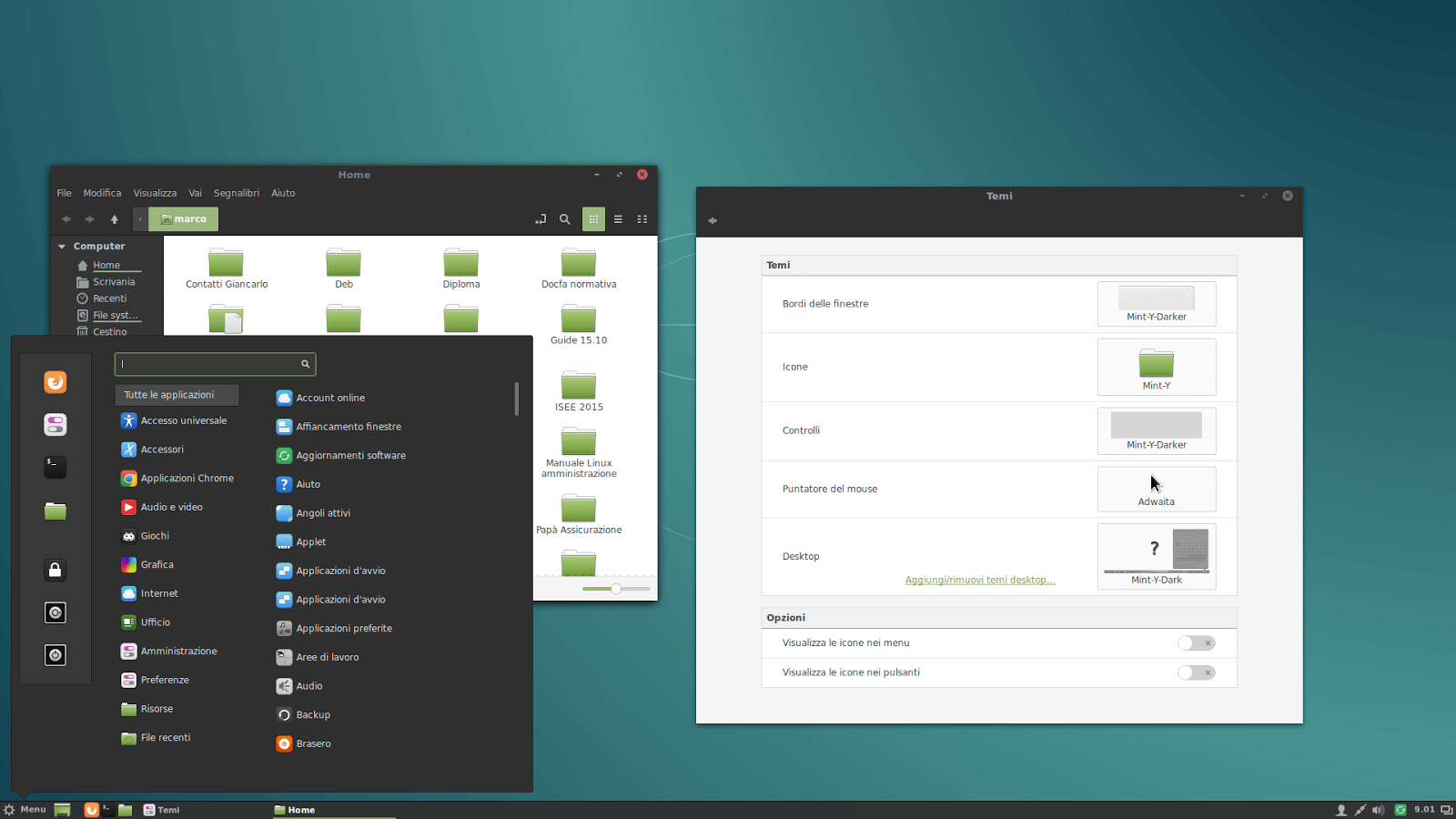
Summary
In this article, we have shared a brief description of the top 10 Linux distributions of all time. Whether you are new to Linux and trying to decide which distro you’ll use to start your journey, or are a well-seasoned user wanting to explore new options, we hope this guide will allow you to make an informed decision.
I encourage you to use the comment form below to be a part of the conversation about this article. Your comments, questions, and feedback are welcome on Tecmint.com.



